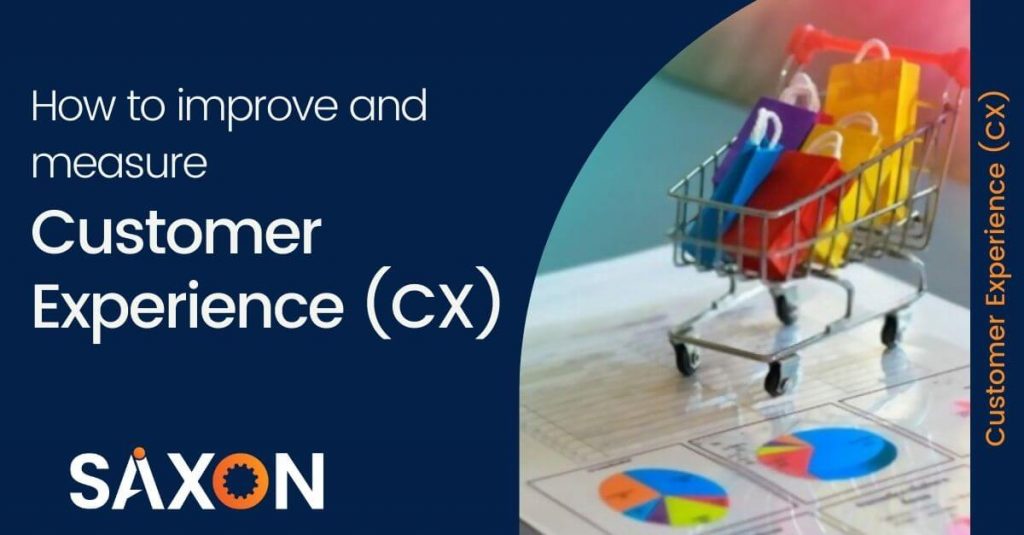Would the customer buying habits have changed over the past year during the pandemic? Undoubtedly, the previous year has changed the way people work, live, buy and socialize. How would we match the customers’ changed buying behavior? How would we know what is changed? Is there anything which is not changed? Unanimously, customer experience (CX) is the differentiator for the brands to stay competitive.
Customer experience includes a complete value exchange happens between a company and the customers. However, most customers consider customer experience to push their products in a market irrespective of focusing on creating a comprehensive 360-degree customer experience. According to a survey from McKinsey, more than two-thirds of US customers planned to spend their time shopping online and with family members until normalcy comes.
Bringing The Change
Transform customer experience into a value exchange experience wherein customers feel delighted every time they interact with you. Now customers have put the onus on the brands to prove how engaging they can be with their customers.
Superior Customer Experience (CX) starts with an outside-in approach
When your purpose is to deliver superior CX, you should think about delivering value to the customers instead of pushing your products or services. During the pandemic, customers started preferring the employers helping the community, having diversity at their workplace.
How can customer analytics help?
Customer experience would be strengthened only when you have a better understanding of your customers. Customer analytics would be a great solution to have a better understanding of your customers.
The pandemic duration was enlightenment for some companies to understand how important it is to have a better customer experience. It is CX that drives sustainable business growth.
Before we start any engagement approach or customer experience approach, we need to find answers to the below-mentioned question we need customer analytics:
- What are the new factors that impact customers’ buying behavior?
- How to acquire new customers
- How to retain existing customers
- How to target the right customers
- How to lower the customer acquisition cost
- How to increase customer loyalty
The customer experience approach does not start with knowing their email ids, names, and age; it starts with identifying what matters to them. Do you know customers prefer to connect with brands having explicit beliefs and values? Moreover, brands highly active on social issues are preferred by the customers.
Better Customer experience results in loyal customers
This makes sense. Isn’t it? The happier you are with a brand, the longer you stay with that brand. Moreover, a better experience makes customers advocate that brand, zero cost, and most effective marketing.
1 – Understand who your customers are
2 – Connect with your customers emotionally
3 – Capture and respond to customers’ feedback in real-time
4 – Deliver superior customer service
5 – Train your customers facing team to deliver a better customer experience
6 – Implement the technology (AI and Machine Learning)
7 – Self-Service options help customers to experience a better service
8 – Capture and showcase the social proof (testimonials and reviews)
Customer experience is a top priority to businesses for the next five years, and the reason is simple; the companies that focus on customer experience reduce churn and increase revenues – leading to higher profits!
(Superoffice)
Measure CX
One of the most significant aspects related to customer engagement is to measure customer experience. There is no benchmark or single magic number to measure the experience. However, you need to combine various little fragments. In this case, the more data you have, the better.
Start with customer satisfaction surveys.
You can send easy-to-fill customer satisfaction surveys to understand how to satisfy your customers with your product and services.
Check customer effort score.
This gives you insights into how easily a customer received the resolution of their problems or complaints.
Measure customers’ churn rate and lifetime value.
You can check how many customers contacted your support staff related to their issues and how many did not. Are the customers who contacted customer support stayed or not.
Get the feedback of your customer-facing team.
Beyond the data and numbers, asking your customers-facing team about what customers say about your products and services is the best way to interpret and measure your CX.

